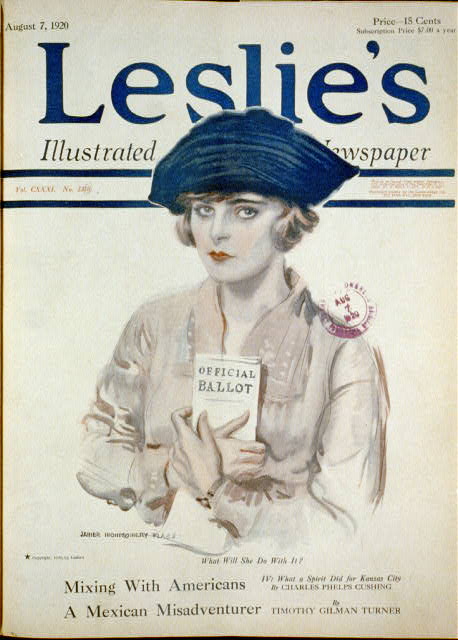Art or vandalism?
The scenes depicted above are of the backs of two local office buildings. Both are actively occupied. I.e., there's going businesses in them. They aren't abandoned buildings.
So what, you may ask.
Well, graffiti has been a feature on the back of these buildings for a long time, but it's grown markedly worse in recent years. The amount of graffiti has increased as the building on the right has been oddly popularized in the local press. And when I say the building, I mean the alley. For reasons that aren't apparent to me, the fire escape has become locally celebrated as some sort of a wonder. That's drawn people to trespass on it and as that's occurred, graffiti has likewise increased as well. So have high school graduation pictures with the staircase as a backdrop and even wedding photos.
And now a local theater company.
I'm not a big fan of local theater, which speaks poorly of me. When I was very young my parents introduced me to the theater at the local community college which was a real treat for all of us grade school kids. I can dimly recall seeing You're A Good Man Charlie Brown and The Man From Lamancha at the college theater. While in high school I was never in theater but about that time I was introduced to the text of plays as literature, and I really like some of those. I've seen more college production in latter days, including when I was in college, including, by my recollection, The Dark Of the Moon, which I don't particularly care for, and A Funny Thing Happened On The Way To The Forum, which I do. When our kids were little, we took them to a college play about the Wright Brothers.
Local theater, however, is another deal entirely and you have to admire the people who are willing to do it. It doesn't get hte same viewership as college theater, for one thing. And the quality fo the volunteers is bound to be uneven.
Anyhow, there's a couple local theater companies around here and one of them decided to put on a version of a famous Greek play. I've read the text of the play as a college student, which is a long time ago, but I can dimly recall the outline of it. In this production of the play, apparently, there's an element that emphasizes the need to put on a play in spite of hte presence of an Athenian plague, which apparently might be a real background story to the original play. I.e., it was staged during a plague, perhaps, during which the author felt it critical to reopen the Athenian theaters in spite of hte risks.
There's a lot of things that are interesting about that, including that if that's correct, ancient Greeks, while they may not have had the germ theory of disease, grasped that hanging around in groups spread it. Athens apparently closed up shop to try to combat it, something that might seem familiar to the readers here. If my understanding of the views at the time are correct, there were also those who dissented from that view. . . which is also interesting in context.
In the current context, it's generally those who are on the left to the center left, politically, who have been for keeping things shut down and a tight quarantine, while on the right to the center right the view is the opposite. In the middle, where most folks are, the views are nuanced. On the edges, they aren't.
Anyhow, most theater people are on the hard left. It's the hard left that generally would really have a really tight quarantine. Probably most people in local theater on are the left somewhere.
Which makes a play all about protesting quarantines oddly ironic.
Anyhow, that's not why we have posted this here. Apparently determining to stage this out in the open for a certain sort of street cred feel to it, the producers have added to the graffitti.
This may make the town about hte only town around which graffitti making reference to ancient Greece, but it's still graffitti. Of course, there was a lot of it before.
I'm not quite sure what to think.

















































